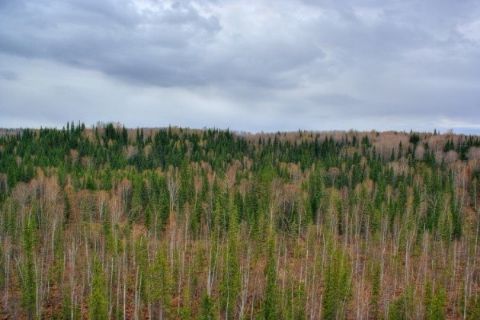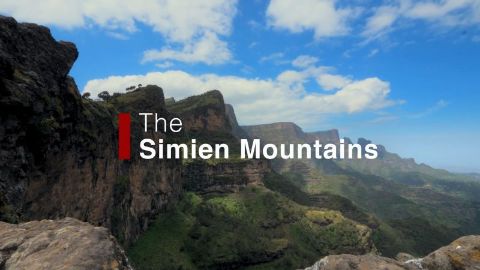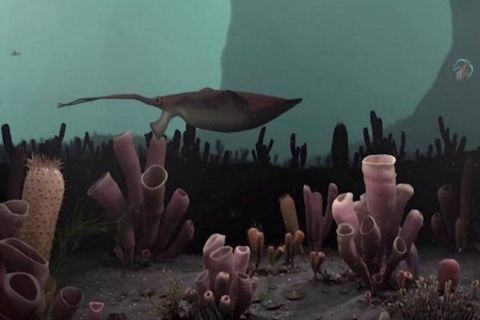You might also like
Two out of five wild plants are threatened with extinction. Today people are finding remarkable ways to help them, and so make our world a little greener and a little wilder.
S1E5 • The Green Planet • 2022 • Nature
There is no uncommon sight hanging on the trees of Asian black bears, chipmunks, scurrying about in search of food, as well as the sika deer, gracefully descend to the water to supplement your diet with brown algae. The very presence of deer and deer attracts the largest predator in this region - the Amur tiger. But the world's largest wild cat is also at risk. Poaching and destruction of habitat of tigers in the Ussuri taiga in Russia for many years have created a real threat of extinction of this rare animal.
S1E2 • Wild Russia • 2009 • Nature
Oxygen – we all need it, we can't live without it. It's integral to life on this planet. And it's probable that, as you watch this film, you will be breathing in an oxygen atom that was also breathed by Genghis Khan – or by the first ever apes to stand upright on the plains of Africa. The oxygen that we breathe is made from two oxygen atoms joined together – O2. They were first joined more than 3 billion years ago by the earliest blue-green algae to evolve. The oxygen molecule first came from bacteria and was present in the fires that destroyed the dinosaurs and the chemical reactions in all human cells, and as ozone they protect the earth from radiation. Since then, both together and apart, they've had the most extraordinary adventures. Each of the two atoms in an oxygen molecule is virtually indestructible – so they have been first-hand players in some of the most dramatic events in the whole of Earth's history. It's often said that we are breathing the same oxygen that the cavemen did. The life of a single molecule of oxygen is traced on it's astonishing journey spanning millions of years, from its creation, into photosynthesis, through the age of the dinosaurs, early man, and on into today.
2008 • Nature
The program introduces the European wilderness and its rich life.
S1E4 • Wildest Europe • 2016 • Nature
Known as "the roof of Africa," the Simien Mountains offer a glimpse at some of the rarest creatures on the continent. Among plunging cliffs that give way to lush greenery and foggy skies, learn how native wildlife like the magnificent walia ibex and cunning Simien wolf have adapted to this remote alpine terrain.
S1E3 • Extreme Africa • 2017 • Nature
For most of the Earth's history, life consisted of the simplest organisms; but then something happened that would give rise to staggering diversity, and, ultimately, life as complex as that which we see today. Scientists are still struggling to figure out just what that was.
The Economist • 2015 • Nature





